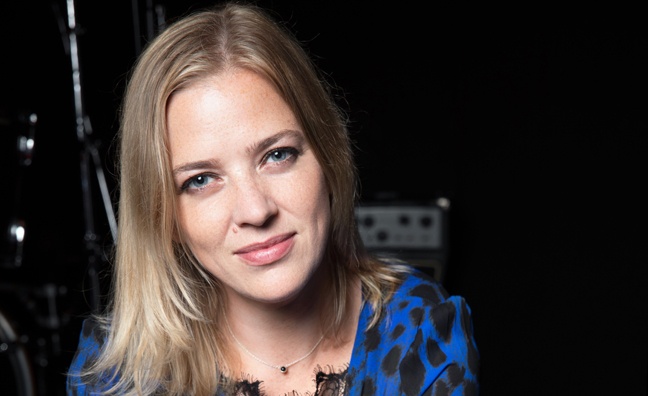In her latest must-read Music Week column, Digital Deviate CEO Sammy Andrews looks at how the coronavirus pandemic is continuing to affect the live sector, and reveals how using technology could yet help it survive…
It’s only a month on since my last column and so much has changed. Again. As we enter the next phase of the pandemic, I wanted to take a moment to explore the live sector: the devastation, the innovation and what I believe will be long-lasting changes to a sector we all love and miss.
I have said before that, amidst the madness and the sadness, the pandemic has also advanced our use of, and reliance upon, technology by five years, maybe more. The evidence of that is plain to see in my inbox; between the tsunami of Zoom invites, there are inbound work requests for digital solutions at a rate I’ve never known in 20 years of working in digital.
These range from artists and managers desperate to embrace a new (digital) normal to keep them afloat and connected to their fanbase, to labels of all sizes getting in on the potential for live shows, as well as festivals and awards ceremonies reaching out for ideas on how to survive if this rolls into 2021 and beyond. Which, given the licences for some of our biggest and most-loved events that I’m told are being declined by councils, sadly seems to be a real possibility.
But, as we wade through the calls for help, I have some hope in my heart as I see both temporary and permanent solutions roll out and show proven results.
Firstly, we have, on the whole, moved past the bedroom broadcasts. They played their part in connecting everyone at the worst, early stages of this terrible time but a new league of live shows is emerging. And it’s here to stay. We’ve seen some incredible digital displays this year. Here are some of my absolute favourites that moved things forward and set new standards…
Biffy Clyro live from Glasgow Barrowland: An incredible (successfully monetised) show that trended on Twitter and helped cause a surge in album sales and fan connection. This was a true spectacle and, if anyone hasn’t seen it, I urge you to watch it as an example of what’s possible in the new normal. This was a Driift production (they’re also responsible for Nick Cave Alone At Alexandra Palace, Dermot Kennedy at the Natural History Museum and Laura Marling at Union Chapel). The company, founded by ATC’s Ric Salmon, is hurtling forward as a leader in the field for livestreamed events globally, with teams available all over the world.
The AIM Awards: This for me was a real moment for the music industry to see how this can be done well. From watch-at-home beer and food bundles to beautifully presented moments and even an aftershow, this production has set a gold standard of what is possible for awards shows. It also shows that such streams can and should be part of our industry events going forward, long after the physical doors have reopened.
The Weeknd Experience virtual live show on TikTok: This was quite the spectacle, drew over two million viewers and raised over $350,000 for the Equal Justice Initiative. In addition, videos shared by users with the #TheWeekndEXP hashtag generated more than 1.3 billion video views. A Wave production (previously responsible for John Legend’s and Lindsey Stirling’s virtual events), they smashed this one out of the park. The virtual performance space is one I suspect we will see a lot more of. Ahead of The Weeknd, we’d seen both Marshmello and Travis Scott utilise Fortnite to great effect.
The pandemic has advanced our use of technology by five years
Sammy Andrews
Notable mentions also go to Download and Bluedot festivals. Outside of these shows, there are some really interesting things on the horizon in other sectors that the music industry would do well to keep a close eye on.
One is the forthcoming Green Carpet Fashion Awards on October 10. This truly pioneering show will combine cinematic footage with a fusion of augmented reality and visual FX, created using real-time game engines, and will have talent appearing as holograms.
The companies behind this are no strangers to the music industry. Veteran show producer Kim Chappell has brought together an incredible team including UK music industry leaders NorthHouse for show design, visual FX and graphics and ARHT Media for holograms, a company I know many of you are familiar with for legacy touring.
Something else that has caught my eye is Spotify announcing the inclusion of streamed events on show listings. What I’d like to see next is them actually hosting these and notifying all listeners. They’ve got the data to make some incredible things happen there…. If they want to.
I believe many of these innovations will be here to stay and provide incremental revenue to the live sector long after we’re back in the fields/venues. Here’s hoping…











